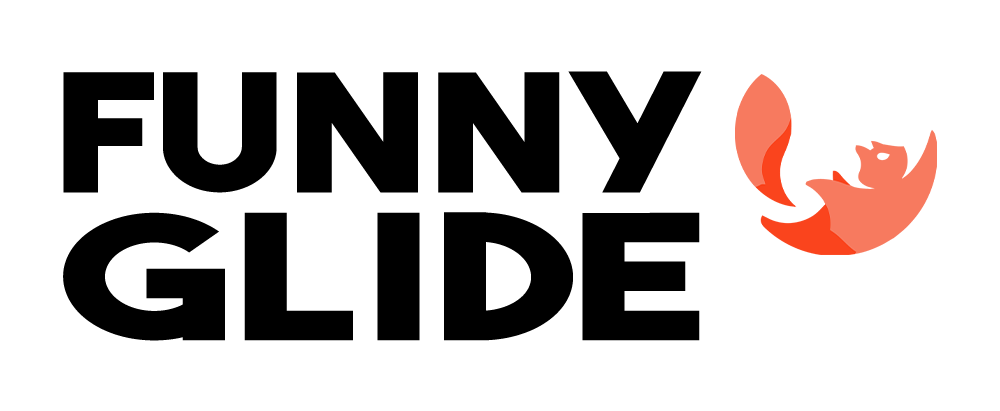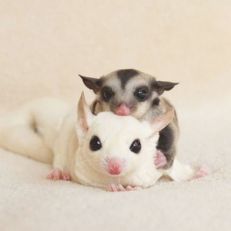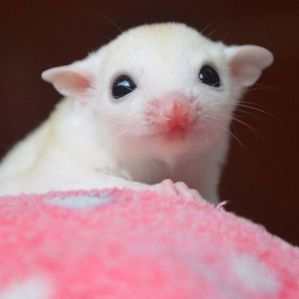
What Insects Do Sugar Gliders Eat? A Complete Feeding Guide
What insects do sugar gliders eat? These adorable marsupials thrive on a diet rich in insects like mealworms, crickets, and moths, which provide vital protein. Knowing the right insects to include ensures your sugar glider stays healthy and active. So let’s explore with us the list of insects that Sugar Gliders can eat in this article!
1. What insects can sugar gliders eat?
Below is a list of insects that are safe for flying squirrels and the nutrients they provide:
|
Insect |
Nutrients |
| Crickets |
|
| Superworms |
|
| Dubia Roaches |
|
| Black Soldier Fly Larvae |
|
| Mealworms |
|
| Grasshoppers |
|
| Waxworms |
|
| Silkworms |
|
| Butterworms |
|
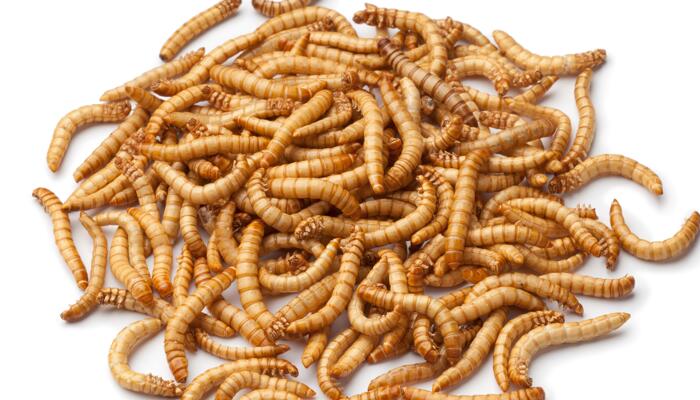
Mealworm is rich in protein and fat
2. Advice on feeding insects for Sugar Gliders
- Safe and Nutritious Options: Opt for commercially raised insects like crickets, mealworms, superworms, Dubia roaches, and black soldier fly larvae. These are bred in controlled environments, ensuring they are free from pesticides and parasites.
- Variety is Key: Rotate different types of insects to provide a balanced diet and prevent nutritional deficiencies.
- Overfeeding: While insects are beneficial, moderation is crucial. Avoid overfeeding, especially with high-fat insects like mealworms.
- Live or Canned: Live insects offer enrichment and stimulate natural hunting instincts, while canned insects are a convenient and hygienic alternative. Just use the one that is more convenient for you.
- Gut Loading: If using live insects, “gut load” them by feeding them nutrient-rich foods 24 – 48 hours before offering them to your sugar glider. This enhances their nutritional value.
- Moisture Content: Ensure insects have adequate moisture content. Canned insects are a good option as they are cooked in the can, retaining moisture and nutrients.
- Sugar Glider Refusal: Young sugar gliders may need to be introduced to insects gradually. Try crushing them or mixing them with other foods.

Young sugar gliders may need to be introduced to insects gradually
3. Frequently Asked Questions
3.1. Do sugar gliders need to eat insects?
If you need a quick answer then YES! Sugar Gliders do need to eat insects for a few reasons:
- Essential protein source: Insects are a rich source of protein, which plays an important role in developing muscles, bones, and the overall health of sugar gliders.
- Provides important nutrients: Many insects contain essential vitamins and minerals such as calcium, phosphorus, and iron, which support the physiological functions of sugar gliders.
- Satisfying instinctive needs: In the wild, sugar gliders are omnivores, often hunting insects to supplement their diet. Providing insects helps satisfy their natural hunting instincts, while also providing them with exercise and entertainment.
>>> Read more:
3.2. How many insects does a sugar glider eat per day?
The amount of insects a flying squirrel consumes depends on its stage of development. Baby flying squirrels need more protein than adults, so they need to include a larger amount of insects in their diet.
However, insects should only make up a small part of your sugar glider’s diet. They should be combined with other foods such as fruits, vegetables, nectar, and specialized foods to ensure adequate nutrition.
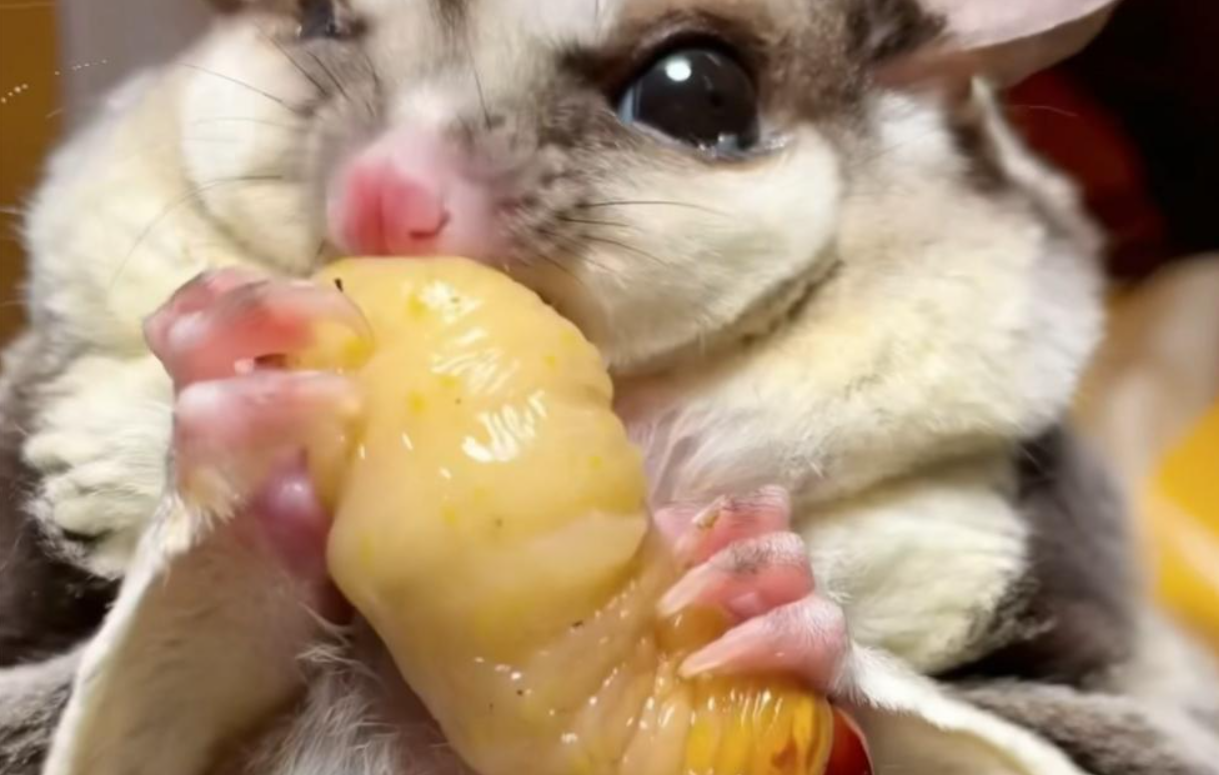
The amount of insects a flying squirrel consumes depends on its stage of development
3.3. What foods can I substitute for insects?
Thankfully, there are suitable substitutes that can provide similar nutritional benefits. However, remember that insects should ideally form a significant part of their diet, and these substitutes should be offered in addition to insects, not necessarily as complete replacements. Here are some nutritious alternatives you can incorporate into your sugar glider’s diet:
- Lean cooked meats: Chicken, turkey, and lean beef (cooked without seasoning or oils).
- Boiled eggs: A great source of protein and other essential nutrients.
So you have the answer to the question “What insects do sugar gliders eat”. Hopefully, with the information in this article, you can take care of your sugar glider properly. Wish you have fun moments with your pet!
